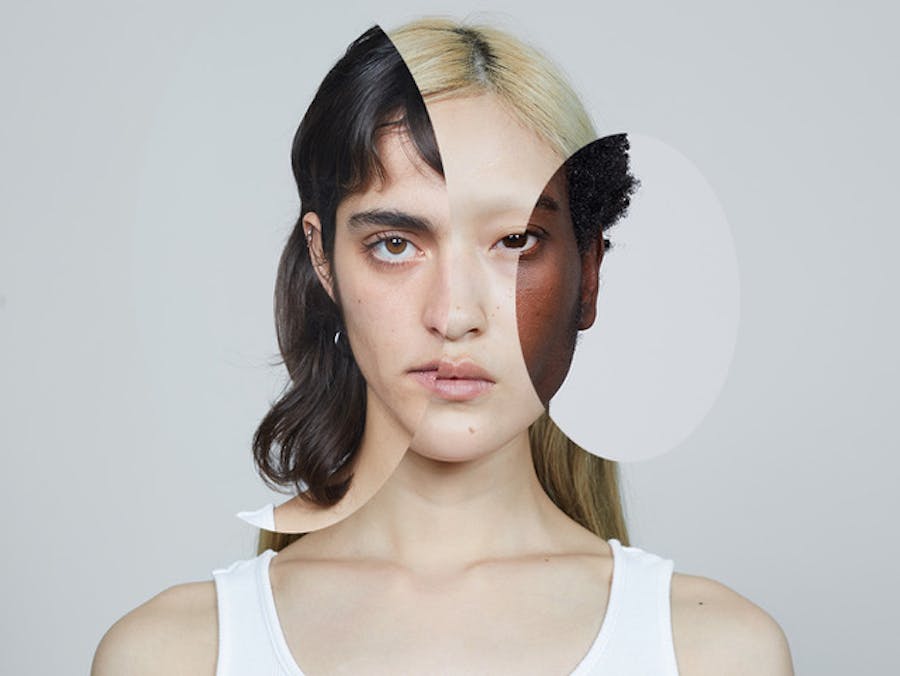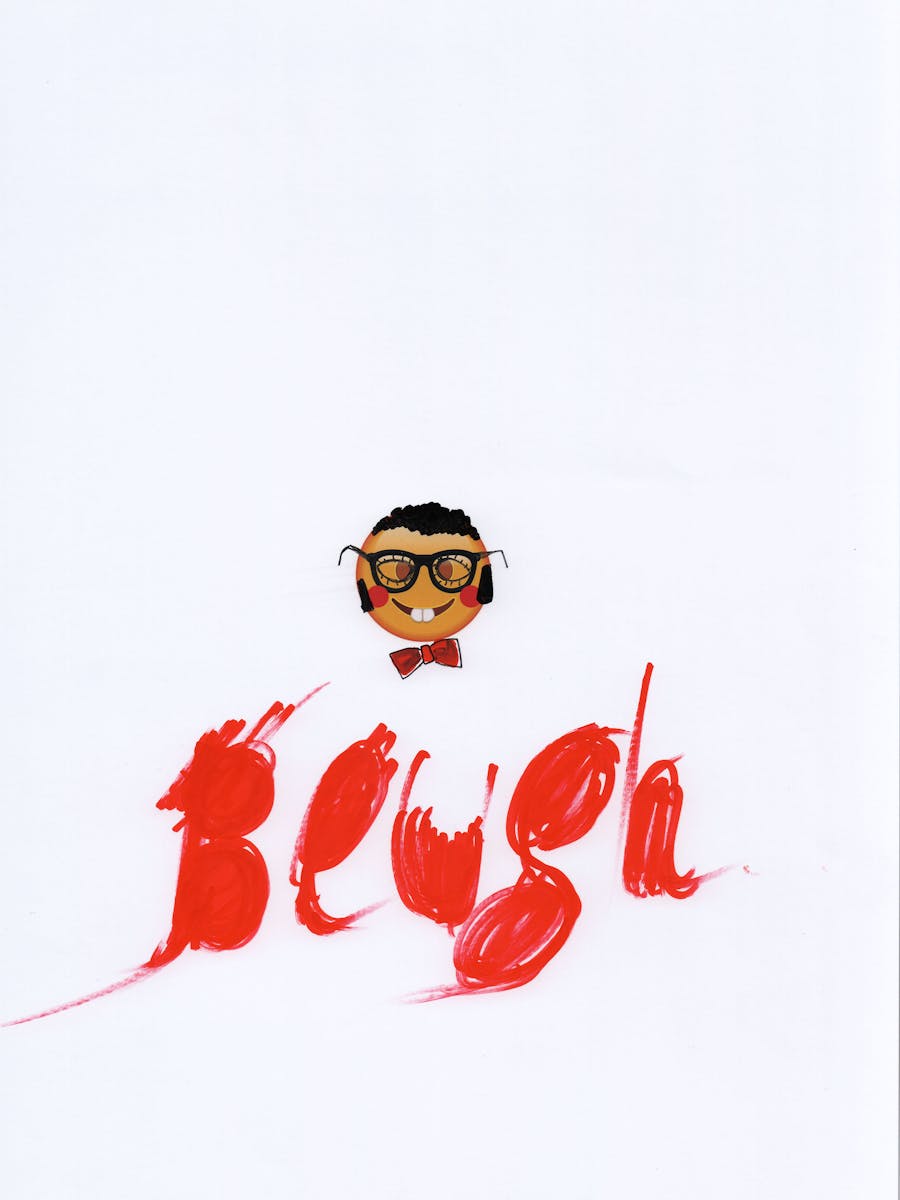On the 3rd of May 2018, H&M launched its ‘modest’ fashion collection. The brand is following in the footsteps of Nike, American Eagle, Macy’s, Oscar de la Renta and Tommy Hilfiger in entering a market estimated to be worth $500 billion in 2019, according to the Islamic Fashion Design Council in Dubai. This not insignificant figure, reflecting a well-established market, has led to a surge of enthusiasm amongst designers. A number of them have set about squeezing into the corset of religious requirements : no décolleté, knees and shoulders covered, hair concealed. What some call ‘commercial opportunism’ has given rise to vigorous debate : think of Pierre Bergé interviewed on Europe 1 in 2016 : “As someone who spent 40 years working alongside Yves Saint Laurent, I have always believed that the role of the fashion designer is to make women beautiful, to give them freedom. Not to be complicit in the authoritarian imposition of this horrible thing by which women are hidden away, forced into concealment.” Or of Alexandre Vauthier speaking to Madame Figaro in May 2018 : “Our bodies are of capital importance; they are the reflection of our personality. Why should we hide them ?”
It goes without saying that the body is more fully covered up when style is accompanied by moral injunctions, but is modest fashion really ‘an imprisoning of women’s bodies,’ as Laurence Rossignol said damningly in 2016 as Minister for the Family, Childhood and Women’s Rights. Are these new clothing lines nothing more than an alienating patriarchal injunction designed to make women feel guilty ? Are the materials the designers are using intended to create shame of the exposed body, to impose modesty ?
Shame and modesty. The two words are thrown around, and sometimes used synonymously, in criticism of ‘modest fashion.’ Their definition alerts us to how easily such a worrying semantic slippage can occur. Shame is understood on the one hand as an ‘effect of opprobrium caused by a fact or an action transgressing an ethical norm or convention.’ Modesty (the word for which in Romance languages comes, confusingly, from the Latin for shame) is nothing other than a ‘feeling that something is or might be an outrage to decency’ or ‘a restraint, a reserve, an embarrassment around anything to do with the body, and especially sexuality.’ Modesty is positive; it protects the body. Shame is negative; it hides it. The former is a choice and a function of individual ethics; the latter is imposed and defined in relation to social norms emerging from social or group consensus.
And indeed, Western fashion since its inception has never stopped pushing back against ethical conventions and norms : Chanel and her corset, Mary Quant and her mini-skirt, Yves Saint Laurent and his trousers — all ignored the standard of modesty of the period to open the door to new possibilities, to free the body from its constraints. The reappearance of new sartorial constraints, lin- ked to religion, seems archaic. Society grows indignant : in covering our bodies, are we not subjugating ourselves once more ? Going back to the myth of the fall common to all three monotheistic religions, we will try to understand if modest dress is a matter of shame ormodesty, why it is so controversial and how this market can find its place in Western society.
Origins : bodies human and heavenly
The fundamental link between clothing and shame can be found in the story of Adam and Eve, common to both the Old and New Testaments as well as the Quran. Adam and Eve, the first man and the first woman, live, before the Fall, in the Garden of Eden. Their untainted bodies exist to reflect the divine light; they do not exist in their own right. Body and soul are one, each expressing the other. Adam and Eve have no shame of their nudity because it is a given, as the text emphasises : “And they were both naked, the man and his wife, and were not ashamed.”
It is the original sin, which leads to the knowledge of good and evil, which causes the couple to awaken to their nudity and become conscious of it : “And the eyes of them both were opened, and they knew that they were naked; and they sewed fig leaves together, and made themselves aprons” (Ibid., 3.7). Then, God intervenes to clothe them : “Unto Adam also and to his wife did the Lord God make coats of skins, and clothed them” (Ibid., 3.21) and expels them from the Garden of Eden.
The idea of nudity being shameful appears at this precise moment. It triangulates the similar other and the divine : Adam and Eve are ashamed in front of one another and before God. Clothing is necessarily the only remedy for this effect of opprobrium; the one abolishes the other. This story, commentaries upon which are innumerable, instructs us on two points which are essential to understanding shame : dress is a divine injunction since it is God who clothes, and it issues from the original shame linked to the loss of the prelapsarian body.
God the tailor and the transcendent body
Let us return to the story and trace its evolution : we pass from a Man who conceals himself behind a convenient fig leaf to a Man wearing a tunic. God intervenes and demonstrates his autho- rity over the body by adding a final touch : clothing. But what is the difference between a fig leaf and a tunic ? The fig leaf is intended to hide the genital organs; it is a defense mechanism. Clothing, on the other hand, especially clothing made of skin, defines the contours of the body. It is a setting for it. The tunic creates a barrier to intimacy by underlining the power of nudity. We pass from shame to modesty.
On the part of Man, a responsibility towards the body is created at that moment. Every individual must experience their corporeal envelope as a gift — not only must they take care of it, but they must glorify it and take into account its divine origin. The gaze of the Creator (sole owner of the body of man) on these corporeal envelopes implies a moral injunction to cherish them, sublimate them and protect them.
The tendency towards the aestheticisation of modest clo- thing is then a matter of course. If it protects through non-exposure according to the norms defined by each religion, it tends to the valo- risation of the body. The gaze on clothing in the religious world is the consequence of the gaze on the individual body, and this concept is inseparable from the image of its creator.
God, present in the religious body made “in his image,”gi- ves it power and value, but also makes it impossible for man to possess it in its entirety; it is a hindrance, a responsibility in the face of the divine. The New Testament will say : “What ? Know ye not that your body is the temple of the Holy Ghost which is in you, which ye have of God, and ye are not your own ? For ye are bought with a price : therefore, glorify God in your body, and in your spirit, which are God's” (1 Corinthians 6 :19). Mohammed will take up this notion of responsibility in a hadith (oral commentary) reported by the sahih Muslim ibn al-Hajjaj (819-875), which says : “Your bodyhas a right over you, and gives to each its right.”
Shame in the face of God turns into modesty when the individual comes to accept his flesh as testimony of his transcendence. This is a point too often forgotten in debates around Modest Fashion : before the codification of clothing by the religious community, there is a desire to use clothing to break with the Western vision of theimmanent, self-sufficient body.
There is still one piece missing : the other. If clothing and the body attest to a relationship with God, they are also social and linguistic objects, markers of identity. Clothing, especially, is closely linked to language; it is, as Barthes describes it in The Language of Fashion, “at once system and history, individual act and collective institution.”
God, self and others
Why do Adam and Eve feel shame in front of each other when they realise that they are seeing each other naked ? They dis- cover the implications of nudity in the presence of the other : the other is able, through their gaze, to condemn them to being nothing more than a body, to subtract the soul in following solely the visual injunction. Is there a greater humiliation for a spiritual being than to be perceived only as a physical entity ? Adam and Eve know that henceforth the other can, with a single glance, make them become something other than what they aspire to be. The physical reality speaks so eloquently of identity that it tends to reify the individual and deprive them of their faculty to forge their own identity. Thus, there is the risk that in the gaze of the other, the body and the individual become one and the same. This interpretation of the body, clothed or not, can be liberating or condemnatory. For example, through their ability to decode the clothes worn, the other also makes explicit the relationship between man and God. In comparing their interpretation of the clothes worn with their ethical norms, the other can bring shame or honour.
Resolving the tripartite dilemma
The Modest Fashion market is thus the result of a conflict between three social norms : that imposed by God, those of people like me, sharing the same ethical codes as me (the religious community), and that of the stranger with different norms (the modern fashion system). The religious community is inclusive, and demands a visual sign of adherence — a uniform — to create group feeling. It seeks a certain level of sartorial cohesion, which is both a divine injunction and a symbol of belonging.
Modern society is exclusive, values freedom in every domain and despises diktats. It is a matter of “anything goes.”It is also the society visible on the net, which feeds on images, and where the image is of paramount importance. It is by definition a society of innovation (modernus in Latin means that which is recent), which does not valorise tradition, in contradistinction to the three monotheistic religions.
The norms of the religious community make more stringent those laid down originally in the holy texts. Sometimes they are amplified, or altered, to the extent that the interpretation of the texts allows. The norms of modern society impose different, even contradictory, demands. Clothing for millennials is necessarily about laying claim to an identity. Shame insinuates itself into every derogation from the principles at each point of the triangle, principles which are irreconcilable.
Modest fashion presents itself as a solution to this equa- tion. Out of shame, it creates a new category of clothing, into which are woven all the conventions : clothing which respects the laws of God, preventing exclusion from the religious community, and which is affirmative and modern enough to speak the language of millennials.
The process of adjusting norms through the affirmation of a new aesthetic is unique since religious norms, given their universal voca- tion, do not seek primarily to occasion a break with modern society. In the history of fashion, the opposite has been more common : the punk and hippie subcultures did not seek inclusion in contemporary society, but, on the contrary, had a strong desire for differentia- tion. The problematics of cultural integration linked to clothing are illustrated in periods of acute stigmatisation. We might think of the #blackisbeautiful movement or the origins of Gay Pride.
Modest fashion reflects a modernity. It is the proclama- tion of the body in its complexity, the reflection of consumers proud of belonging to several communities without betraying any of them. It is the compromise which doesn’t compromise. Modest fashion is by definition the victory of modesty over shame : therein lies the keyto its commercial success.
Sara & Emma Bielecki
Sara & Emma Bielecki




